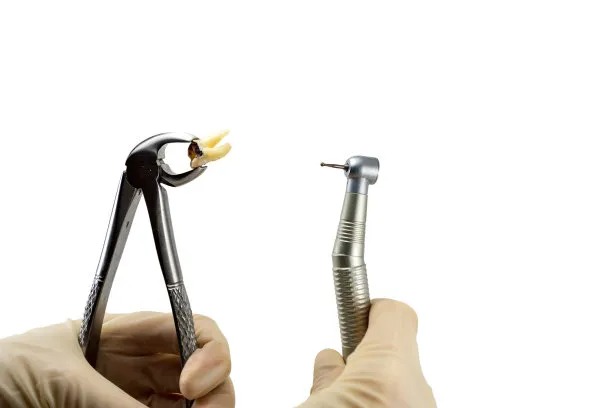Navigating the Process of Extracting a Tooth Understanding the Reasons Aftercare and Potential Complications
Summary: Extracting a tooth is often a necessary procedure in dental care, whether due to severe decay, crowding, or disease. Understanding the reasons behind a tooth extraction is crucial for anyone facing this decision. Aftercare plays a critical role in ensuring a smooth recovery and minimizing risks. Additionally, potential complications can arise post-procedure, which should be acknowledged and addressed. This article explores these crucial aspects, providing insights into the extraction process, best practices for aftercare, and how to navigate complications effectively.
1. Understanding the Reasons for Tooth Extraction

Tooth extraction may be required for several reasons, with dental decay being one of the most common. When a tooth is severely decayed, it may not be possible to save it through filling or root canal treatment. In such situations, extraction becomes necessary to prevent further infection and pain.
Another frequent reason for extraction is overcrowding. When there is insufficient space in the mouth for all teeth, especially during orthodontic treatments, the dentist may suggest removing one or more teeth to make room for alignment. This is particularly common before braces are installed.
Gum disease can also lead to tooth extraction. Periodontal disease causes the teeth to become loose due to the degradation of bone and gum tissue. In these cases, removing affected teeth can help improve overall oral health and aid in the prevention of further complications.
2. The Tooth Extraction Process Explained
The tooth extraction process generally begins with a consultation, where the dentist evaluates the tooth and surrounding area. This often includes X-rays to assess root structure and bone integrity. After determining the best course of action, the dentist will discuss the procedure with the patient.
During the extraction, local anesthesia is administered to numb the area, minimizing discomfort. In some cases, sedation options may be provided for anxious patients. The dentist then carefully loosens the tooth using specific instruments and removes it, considering the surrounding tissue to reduce trauma and promote healing.
Post-extraction, the dentist will usually suture the area if necessary and give specific instructions to ensure a smooth recovery. Understanding this process can alleviate fears and help patients feel more prepared for what to expect.
3. Essential Aftercare for Tooth Extraction
Proper aftercare is critical to recovery after a tooth extraction. Immediately following the procedure, patients are advised to bite on gauze pads to control bleeding. It is essential to keep the pressure steady for at least 30 minutes to promote clot formation and reduce the risk of complications.
Pain management is another vital aspect of aftercare. Dentists typically prescribe painkillers or recommend over-the-counter options to manage discomfort. Patients should follow dosage instructions and recognize when to seek further help if the pain becomes unmanageable.
Additionally, maintaining oral hygiene remains essential. However, patients should refrain from vigorous rinsing or using straws in the first few days post-extraction to avoid dislodging the clot, which can lead to dry socket—a painful condition that requires additional treatment.
4. Recognizing Potential Complications Post-Extraction
Despite the straightforward nature of tooth extractions, complications can arise. One of the most common issues is dry socket, occurring when the blood clot becomes dislodged or fails to form. Symptoms include severe pain and an unpleasant taste in the mouth, necessitating medical intervention.
Infections can also occur post-extraction. Signs of infection may include increased swelling, pain, or fever. If any of these symptoms develop, contacting a dentist for evaluation and potential treatment is crucial.
Lastly, nerve damage, although rare, can happen during tooth extraction, leading to numbness or tingling in the lip, chin, or tongue. If these sensations persist, it is essential to consult with a dental professional to explore potential remedies and solutions.
Summary:
Understanding the process of tooth extraction—from the reasons behind the procedure to the necessary aftercare and potential complications—is vital for anyone facing this dental intervention. Being well-informed can significantly ease the experience and lead to a better recovery outcome.
This article is compiled by Vickong Dental and the content is for reference only.


